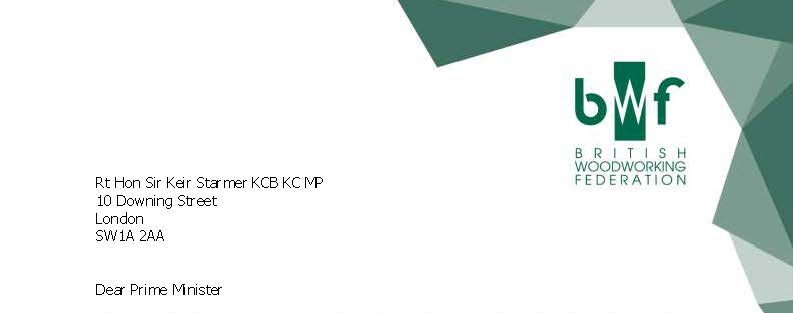
Grounds for optimism in 2025
Grounds for optimism in 2025
James Scott, Managing Director of Scotts Timber Engineering and Scotts of Thrapston, discusses the outlook for the UK housebuilding sector in 2025 and what it means for the sector.
We’d need to roughly double 2024’s expected 180K housing completions to get anywhere near the Government’s five year, 1.5 million target.
The theory does hold – historically, strong housebuilding levels create economic growth across the supply chain, employing 2.58 million at its height in 2008 (now 2.06 million) (source: CPA).
But although 1.5 million new houses is branded unachievable by many key industry figures, that doesn’t mean the industry wasn’t optimistic, before the budget at least. Growth of 5%-10% was expected in 2025 (source: CPA), driven by demand-side impacts of actual lower mortgage rates and anticipation of further interest rate cuts.
Since the budget though, economic output has slowed. Inflation is on an upward trajectory again, predicted interest rates cuts are not looking so likely, and many in the sector, already cash constrained, are reported to be looking for savings in the face of significant NI cost rises. This all impacts demand for new homes. On the supply side, planning challenges remain, as do skills shortages and a drop in offers for S106 affordable homes despite an increase in quotas of such provision to between 40% and 50%. So only time will tell whether interest in now-permitted ‘grey belt’ development opportunities will match the government’s ambitions.
BUT…
As MD of an SME in the housebuilding supply chain, I started this article intending to write about grounds for optimism in the sector in 2025.
Is planning an issue? In some respects, yes; it’s slower & costs more, which impacts smaller housebuilders disproportionately. But 1.1 million already-permitted homes have yet to be built (source: PPMI), not including new developments the government wants built on the ‘grey belt’. So yes, long term planning issues still need to be addressed, but this shouldn’t impact short to medium term build programmes.
We’re all running lean, efficient operations, often in the face of ongoing cashflow constraints, having learnt the value of flexibility in business planning.
Speaking for Scotts Timber Engineering, we’ve probably never been as efficient in how we resource and deliver to our UK-wide customer base. Our customers, from one-man bands to national housebuilders, are equally focused running tight ships, scaling as needed to deliver new homes wherever people are ready to buy them.
Time will tell how far demand for new homes will overcome economic worries. Whether Labour will increase affordable and social housing grants. We may need to get past April for people to feel more secure after the impact of NI rises on private sector employment and salaries, but fundamentally we all know that the country needs vast numbers of new homes. And our industry is ready. We may be unlikely to meet the 1.5 million Government target, but we believe there are grounds for optimism and growth, albeit modest in comparison.
James Scott
MD
Scotts Timber Engineering
More news

“Construction coalition” warns against apprenticeship reforms plans

George Joyce Receives Graham Kirkham Award
